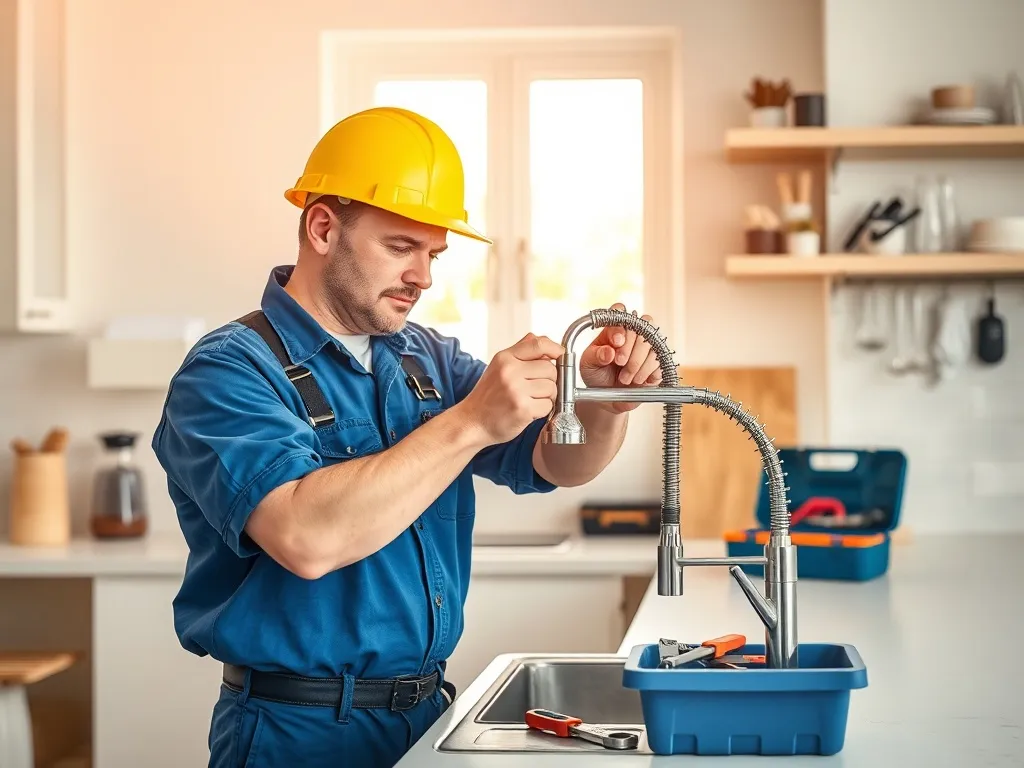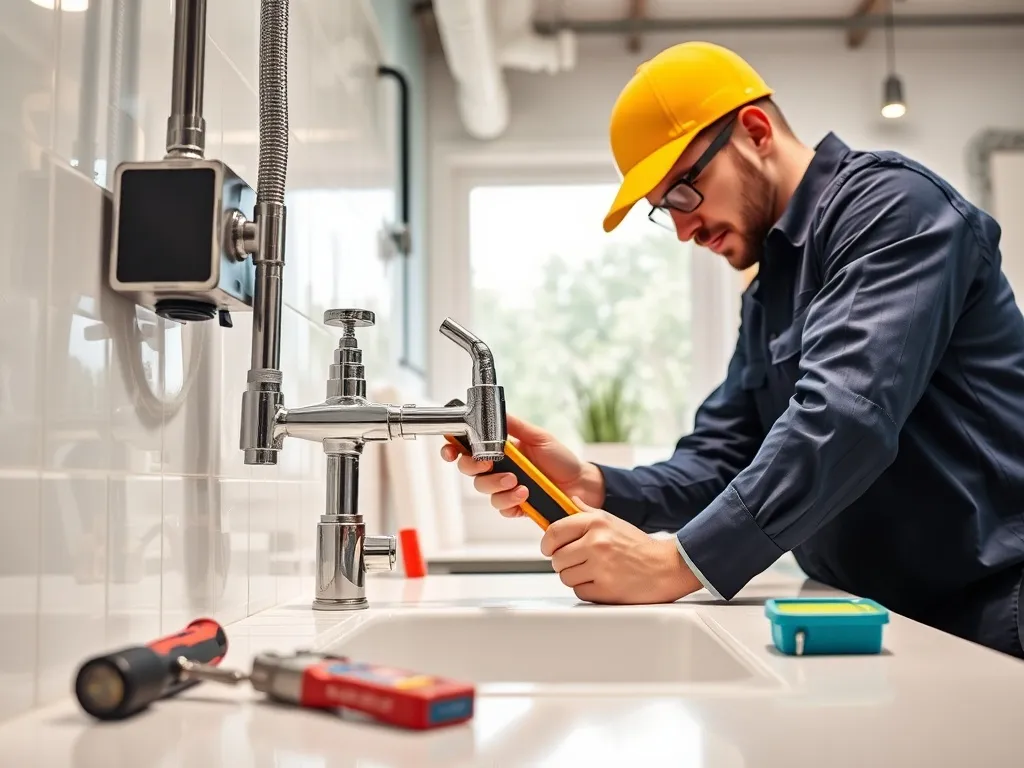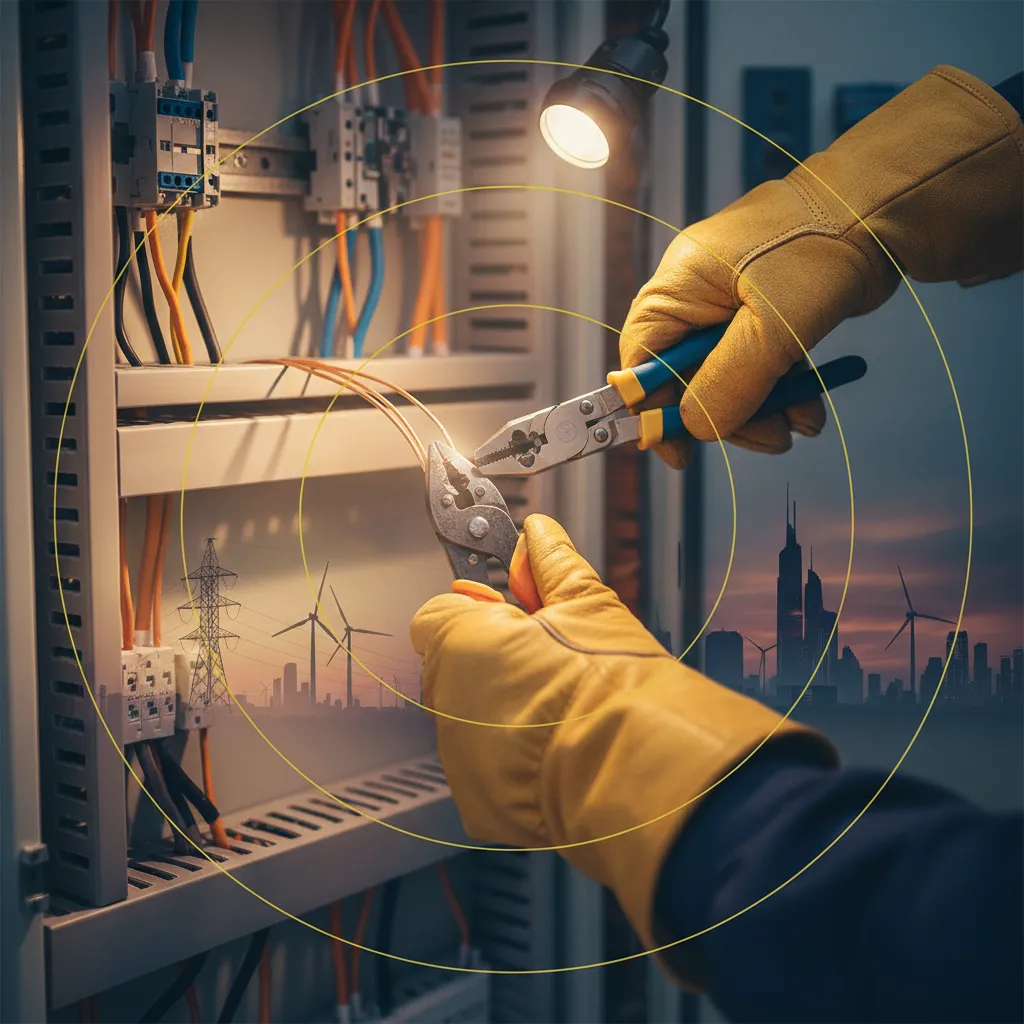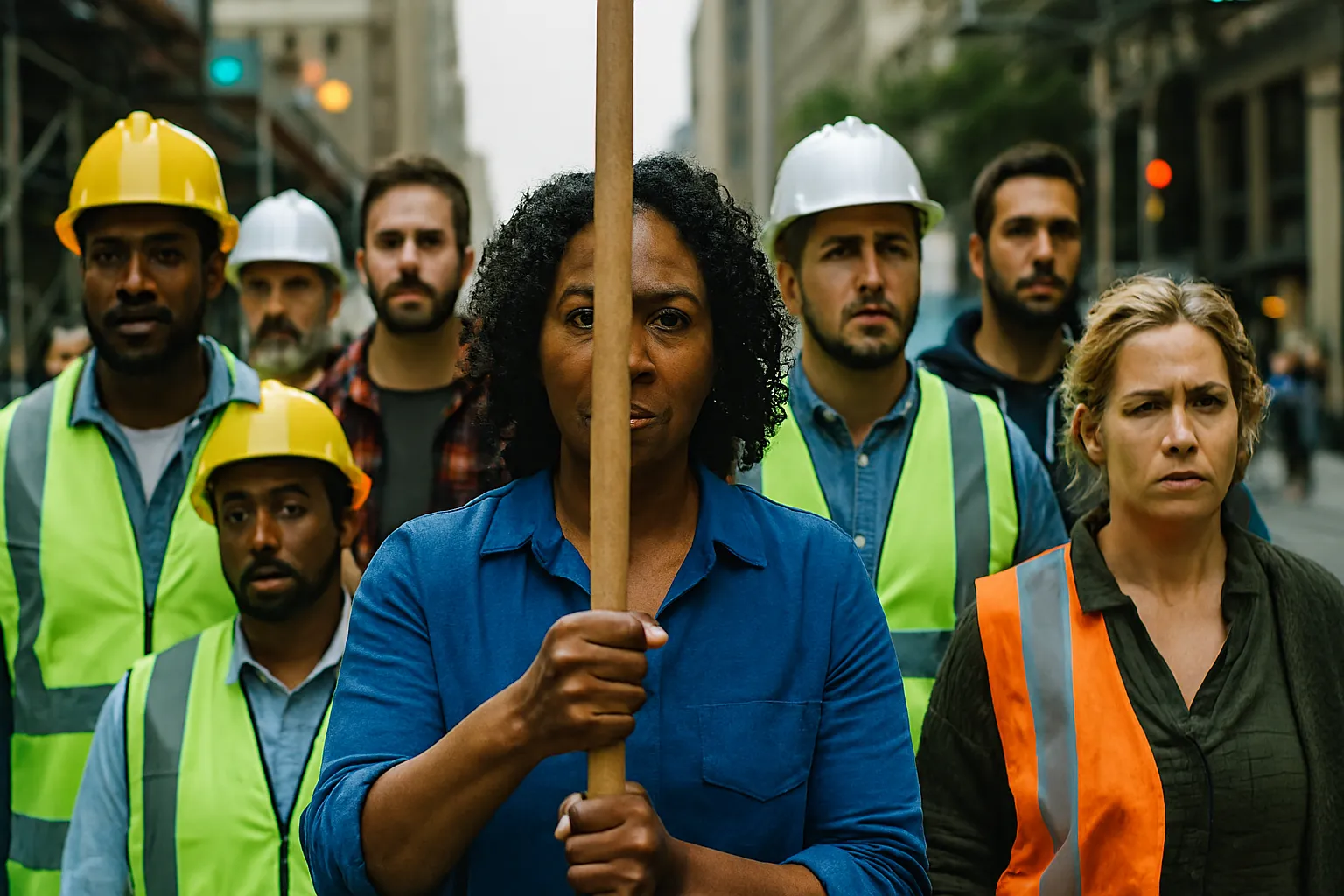Smart Homes for Seniors: How Technology Supports Independent Living
As the global population ages, the demand for solutions that allow seniors to live independently, safely, and comfortably has never been greater. Smart homes for seniors are no longer futuristic concepts - they are practical realities that combine technology, design, and caregiving principles to support older adults in their daily lives. From voice-activated assistants to health monitoring systems, these innovations empower seniors to maintain autonomy while offering peace of mind to their families. This article explores how technology supports independent living for seniors, tracing the journey from basic home automation to advanced AI-driven care solutions.

The Rise of Smart Homes for Seniors
The concept of smart homes began with simple automation - like programmable thermostats and motion-sensor lights. Over time, these technologies evolved into interconnected ecosystems that can monitor, analyze, and respond to human needs. For seniors, this evolution has been transformative, offering tools that reduce dependence on caregivers while enhancing safety and comfort.
Today, smart homes for seniors are designed with accessibility and usability in mind. Devices are voice-controlled, interfaces are simplified, and systems are integrated to provide seamless support. This shift reflects a broader societal recognition of the importance of “aging in place,” where seniors can remain in their homes rather than moving to assisted living facilities.
Early Innovations: From Convenience to Necessity
In the early stages, smart home technology was marketed as a convenience for busy professionals. However, for seniors, these tools quickly became a necessity. Simple devices like smart lighting reduced the risk of falls, while automated door locks improved security. These early innovations laid the foundation for more advanced systems tailored specifically to the needs of older adults.
For example, motion sensors that once served as energy-saving tools are now used to detect unusual activity patterns in seniors’ homes. If a senior does not move for an extended period, the system can alert caregivers or family members. This demonstrates how technology originally designed for convenience has been repurposed into life-saving applications.
Health Monitoring and Wearable Devices
One of the most significant advancements in smart homes for seniors is the integration of health monitoring systems. Wearable devices such as smartwatches can track heart rate, blood pressure, and sleep patterns. These devices sync with home systems to provide real-time health data to caregivers and medical professionals.
Beyond wearables, in-home sensors can monitor vital signs without requiring seniors to wear anything. For instance, smart beds can track breathing and heart rate, while bathroom sensors can detect falls. These innovations not only improve health outcomes but also reduce hospital visits by enabling early intervention.
Examples of health monitoring tools include:
- Smartwatches with fall detection and emergency call features
- Smart beds that monitor sleep quality and vital signs
- Connected pill dispensers that remind seniors to take medication
Voice Assistants and Accessibility
Voice-activated assistants like Amazon Alexa, Google Assistant, and Microsoft Copilot have become essential tools in smart homes for seniors. These devices allow seniors to control lights, thermostats, and appliances without needing to physically interact with switches or buttons. For individuals with mobility challenges, this accessibility is life-changing.
Moreover, voice assistants can provide reminders for medication, appointments, and daily routines. They also offer companionship by engaging seniors in conversation, playing music, or reading audiobooks. This reduces feelings of isolation, which is a common challenge among older adults living alone.
Benefits of voice assistants include:
- Hands-free control of home devices
- Medication reminders and scheduling support
- Entertainment and social interaction
Safety and Security Systems
Safety is a top priority in smart homes for seniors. Advanced security systems now include video doorbells, smart locks, and motion-detecting cameras. These tools not only protect seniors from intruders but also allow family members to remotely monitor the home environment.
In addition, fire and carbon monoxide detectors are now connected to smart systems, ensuring that seniors receive immediate alerts in case of emergencies. Some systems can even notify emergency services automatically, reducing response times and potentially saving lives.
Daily Living Assistance
Beyond health and safety, smart home technology also supports daily living activities. Smart kitchen appliances can prevent accidents by automatically shutting off stoves if left unattended. Robotic vacuum cleaners reduce the physical strain of household chores, while smart refrigerators can track food supplies and suggest recipes.
These tools not only make life easier but also help seniors maintain independence. By reducing reliance on caregivers for basic tasks, seniors can enjoy a greater sense of autonomy and dignity in their daily lives.
Social Connectivity and Emotional Well-being
Loneliness is a significant issue among seniors, but smart homes offer solutions to foster social connectivity. Video calling platforms integrated into smart displays allow seniors to easily connect with family and friends. Some systems even provide virtual reality experiences, enabling seniors to “travel” or attend events from the comfort of their homes.
Emotional well-being is just as important as physical health. By offering entertainment, communication, and companionship, smart home technology helps combat isolation and depression, improving overall quality of life.
Examples of social tools include:
- Smart displays for video calls
- Virtual reality headsets for immersive experiences
- Online communities accessible through voice assistants
Integration with Healthcare Providers
One of the most promising aspects of smart homes for seniors is their integration with healthcare systems. Data collected from wearables and sensors can be shared directly with doctors, allowing for continuous monitoring and personalized care plans. This reduces the need for frequent in-person visits and ensures that medical professionals are alerted to potential issues early.
Telehealth platforms further enhance this integration, enabling seniors to consult with doctors via video calls. Combined with smart diagnostic tools, this creates a comprehensive healthcare ecosystem within the home.
Challenges and Considerations
While the benefits of smart homes for seniors are clear, there are also challenges to consider. Privacy and data security are major concerns, as sensitive health information is transmitted and stored digitally. Ensuring that systems are secure and compliant with regulations is essential.
Additionally, cost can be a barrier. While prices for smart devices have decreased, creating a fully integrated smart home can still be expensive. Education and training are also necessary to ensure that seniors can use these technologies effectively without frustration.
Key challenges include:
- Privacy concerns with health data
- High costs of installation and maintenance
- Learning curve for seniors unfamiliar with technology
The Future of Smart Homes for Seniors
Looking ahead, the future of smart homes for seniors is incredibly promising. Advances in artificial intelligence, robotics, and the Internet of Things (IoT) will create even more personalized and proactive care environments. For example, AI-driven systems may predict health issues before they occur, while robotic caregivers could assist with mobility and companionship.
As these technologies become more affordable and accessible, they will play a central role in enabling seniors to live independently for longer. The ultimate goal is to create homes that not only support physical needs but also nurture emotional and social well-being, ensuring a holistic approach to aging in place.
Conclusion
Smart homes for seniors represent a powerful intersection of technology, healthcare, and human-centered design. By addressing safety, health, daily living, and emotional well-being, these innovations empower older adults to maintain independence and dignity. While challenges remain in terms of cost and accessibility, the trajectory of smart home technology is clear: it will continue to evolve into a vital tool for supporting independent living. For seniors and their families, this means a future where aging is not defined by limitations but by opportunities for enhanced quality of life.











